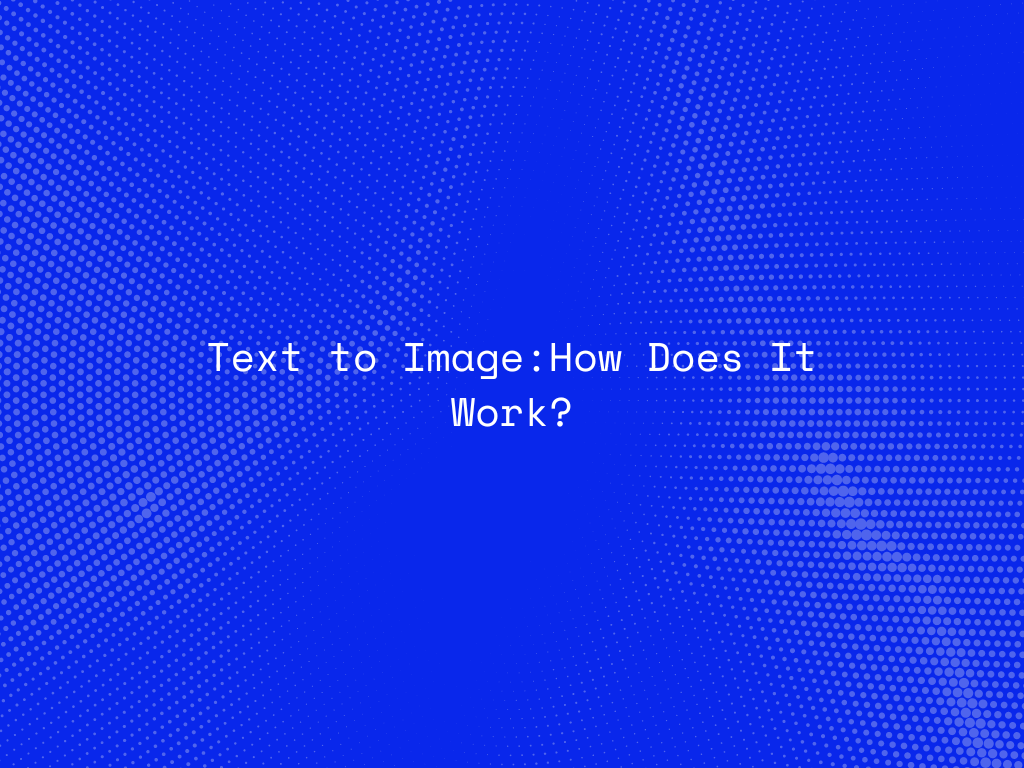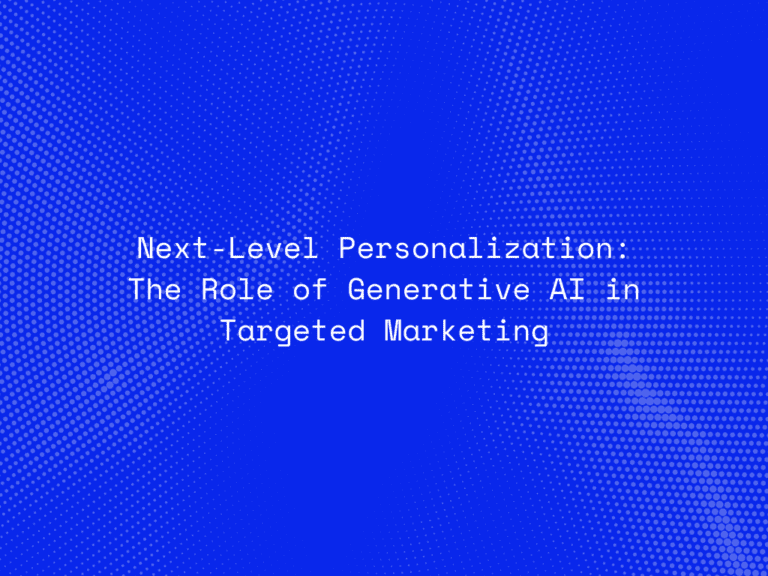The realm of technology continually astonishes us with its rapid advancements, one of which is the ability to convert text descriptions into vivid images. This fascinating process, known as text to image synthesis, blurs the line between imagination and reality. But how does this seemingly magical process work? In this article, we delve deep into the mechanisms that enable this technological wonder, exploring the intersection of artificial intelligence (AI), machine learning, and creativity.
The Fascination Behind Text to Image
Text to image technology captivates us because it embodies the power of creation – turning mere words into visual stories. This ability not only showcases the prowess of AI but also opens up myriad possibilities for artists, educators, and marketers alike.
Understanding Text to Image Technology
The Role of AI and Machine Learning
At the core of text to image conversion lies sophisticated AI and machine learning algorithms. These technologies learn from vast datasets of images and their corresponding descriptions to understand how to correlate textual inputs with visual outputs.
Neural Networks and Their Importance
Neural networks, particularly generative adversarial networks (GANs), play a crucial role. These networks consist of two parts: the generator, which creates images, and the discriminator, which evaluates their authenticity. This competition drives the improvement of generated images.
Training the AI with Datasets
Training involves feeding the AI system a large dataset of images paired with textual descriptions. Over time, the system learns to generate images that correspond to new text inputs accurately.
The Process of Generating Images
From Text Prompt to Visual Representation
The process begins when a user inputs a descriptive text prompt. The AI then sifts through its learned patterns to generate an image that matches the description, often going through multiple iterations before producing a satisfactory result.
Limitations and Challenges
Despite its advancements, text to image technology faces limitations such as maintaining accuracy for complex descriptions and ensuring ethical use.

Applications of Text to Image Technology
In Art and Creativity
Artists and creatives use this technology to bring their wildest imaginations to life, offering a new medium of expression.
In Education and Research
Educators and researchers find it useful for visualizing concepts and data, making learning more engaging and accessible.
In Business and Marketing
Marketers leverage text to image technology for creating unique and compelling visual content for advertising and social media.
The Future of Text to Image
Advancements and Innovations
As technology progresses, we can expect more sophisticated and accurate image generations, further narrowing the gap between imagination and reality.
Ethical Considerations and Challenges
With great power comes great responsibility. The advancement of text to image technology raises ethical concerns, particularly regarding the potential for misuse and the need for regulation.
Conclusion
Text to image technology stands at the fascinating intersection of technology and creativity, offering a glimpse into a future where our imaginations are the only limit. As we continue to explore and refine this technology, its potential to transform various sectors remains boundless.




